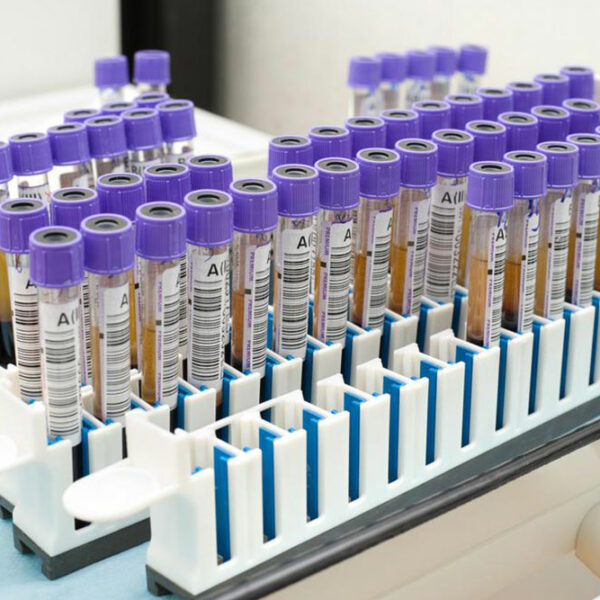
Here’s what you must know about age-specific PSA levels
Prostate-specific antigen or PSA is a glycoprotein that is produced in the prostate gland to retain the liquid form of the seminal fluid and aid sperm movement. While PSA typically stays in the prostate ducts, a small portion may leak into the bloodstream; this allows experts to detect prostate diseases such as cancer. Since several factors affect PSA levels, doctors can utilize factors like age and conduct age-specific PSA levels to determine if further screening for cancer must be conducted. This method was devised a few decades ago to estimate abnormal PSA levels and correlate it with age-specific ranges. Since prostate cancer is one of the most common types of cancers to affect men, it became essential to detect prostate abnormalities proactively. Most experts conduct age-specific PSA levels tests along with a digital rectal exam to determine the presence of cancer. This is especially beneficial in men over the age of 50 who may be at the highest risk of developing prostate diseases. In an age-specific PSA levels examination, the result of 4 nanogram/milliliter (ng/ml) of blood is considered to be abnormal. Patients with these results must be prompt to get additional screenings done at the right time. While escalated PSA levels are abnormal and indicate prostate cancer, chances are that a man with PSA levels below 4ng/ml may have prostate cancer.









